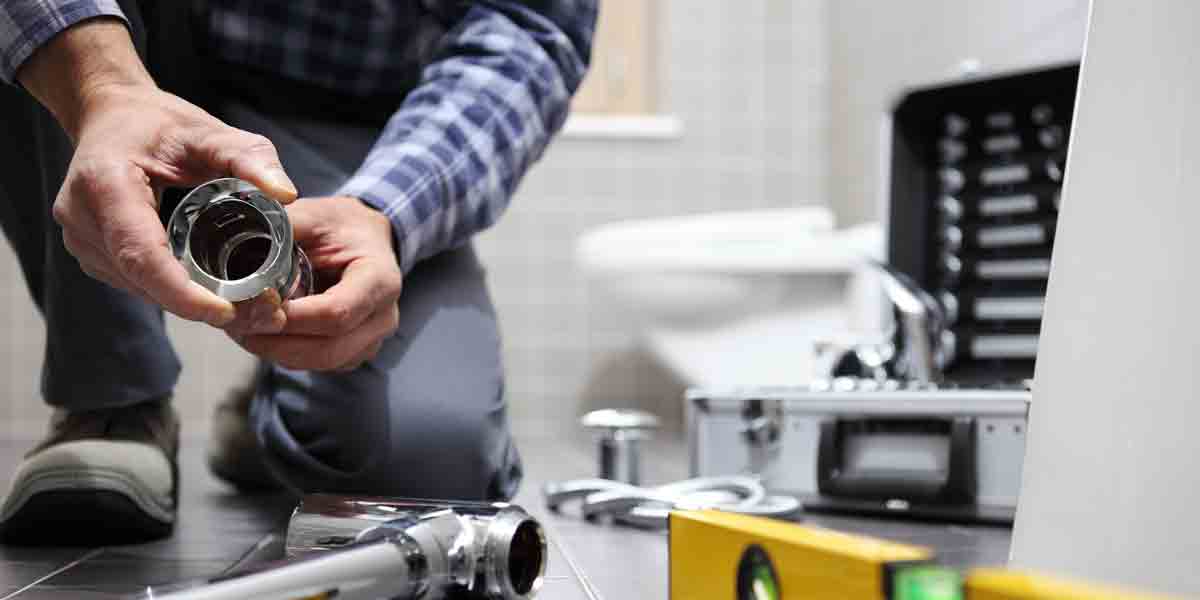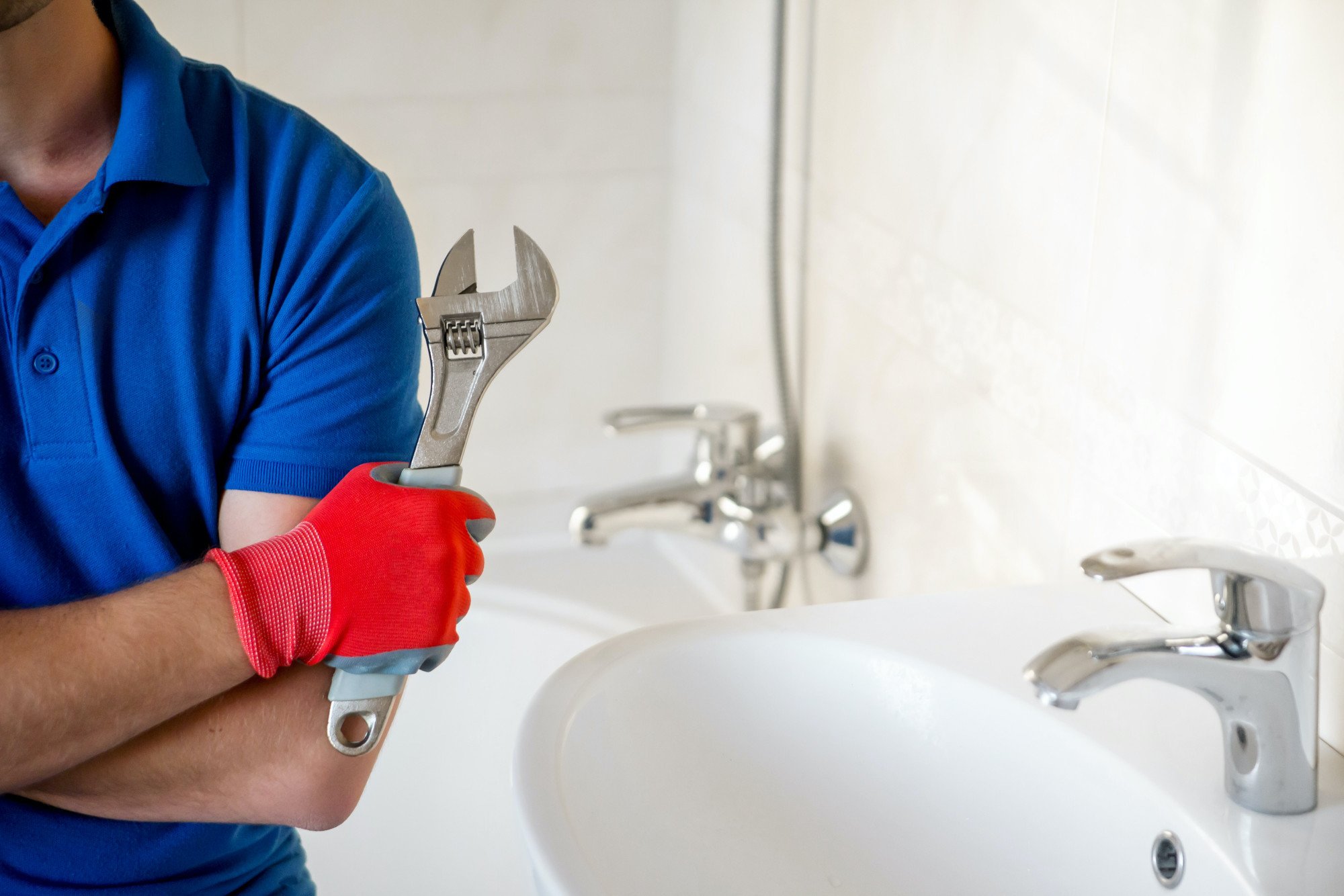Environmentally Conscious Piping Options: Upgrading Residences to a Sustainable Haven
Environmentally Conscious Piping Options: Upgrading Residences to a Sustainable Haven
Blog Article
Just how do you feel with regards to Eco-Friendly Plumbing Practices for a Greener Home?

Introduction
In today's world, lasting living is becoming significantly crucial. One location where homeowners can make a considerable effect is with green pipes solutions. By adopting environmentally conscious techniques, houses can lower their water and power usage while adding to a healthier planet.
Greywater Equipments
Greywater describes carefully made use of water from sources such as showers, sinks, and washing machines. Instead of allowing this water go to waste, greywater systems recycle it for non-potable uses such as landscape watering and toilet flushing. By applying a greywater system, home owners can save fresh water sources and lower stress on municipal wastewater treatment centers.
Rainwater Harvesting
Rainwater collecting includes accumulating and keeping rain for different objectives, including watering, commode flushing, and laundry. Rain harvesting systems normally consist of a collection surface (such as a roofing), rain gutters, downspouts, and tank. By collecting rain, house owners can reduce their dependence on community water resources and conserve fresh water sources.
Solar Water Heaters
Standard hot water heater depend on nonrenewable fuel sources or electricity to warm water, adding to carbon emissions and energy intake. On the other hand, solar water heaters use sunshine to heat water, providing a sustainable and eco-friendly choice. By using solar energy, house owners can reduce their power expenses and minimize their carbon footprint.
Green Pipe Materials
Traditional pipes materials such as copper and PVC can have unfavorable ecological influences during production and disposal. Nonetheless, there are lasting options available, such as recycled steel, cross-linked polyethylene (PEX), and high-density polyethylene (HDPE). These environment-friendly pipe products supply toughness, longevity, and minimized environmental effect.
Water-Efficient Components
Traditional fixtures usually waste water unnecessarily. Nevertheless, contemporary low-flow commodes, taps, and showerheads are designed to reduce water usage without compromising efficiency. These components can dramatically lower house water intake, leading to reduced water costs and a lowered ecological impact.
Energy-Efficient Home appliances
In addition to water-efficient fixtures, energy-efficient appliances can further lower a house's environmental footprint. High-efficiency cleaning makers and dishwashing machines use much less water and power per cycle, helping to preserve resources and lower energy bills. When shopping for home appliances, try to find ENERGY STAR ® accredited designs for maximum efficiency.
Smart Water Management Systems
Advances in technology have actually made it less complicated than ever before to keep an eye on and enhance water usage in the home. Smart water management systems make use of sensing units and data analytics to track water use in real-time, recognize leaks, and provide understandings for conservation. By implementing clever water administration solutions, home owners can lessen waste and optimize efficiency.
Wellness Advantages
Along with environmental benefits, green pipes can additionally add to boosted indoor air quality and health and wellness. By using non-toxic materials and reducing chemical direct exposure, home owners can develop a much healthier living atmosphere for themselves and their family members.
Government Motivations
Numerous governments offer monetary rewards to encourage property owners to take on eco-friendly plumbing practices. These motivations may include rebates, tax obligation credit reports, and low-interest loans for energy-efficient upgrades. By benefiting from these programs, property owners can make eco-friendly renovations a lot more budget friendly and easily accessible.
Cost Factors to consider
While environment-friendly plumbing choices may have higher ahead of time expenses than typical alternatives, they typically supply long-lasting cost savings with decreased water and energy bills. In addition, several federal governments use rewards such as refunds and tax credit ratings for eco-friendly upgrades, aiding to balance out initial expenditures.
Setup and Maintenance
Appropriate installment and normal maintenance are important for making sure the performance and durability of green pipes systems. It is essential to work with professional specialists to mount and service these systems to stay clear of concerns and make the most of effectiveness. Routine maintenance jobs such as looking for leakages and cleaning up filters can likewise help prevent troubles and maximize efficiency.
Environmental Benefits
The ecological benefits of environmentally friendly plumbing are substantial. By saving water and energy, house owners can decrease their carbon footprint and decrease their effect on natural resources. Furthermore, environmentally friendly pipes methods can aid safeguard ecosystems and protect biodiversity for future generations.
Conclusion
To conclude, eco-friendly plumbing alternatives offer many advantages for property owners and the setting alike. By investing in water-efficient fixtures, greywater systems, rainwater harvesting, solar water heaters, eco-friendly pipeline products, energy-efficient devices, smart water monitoring systems, and other lasting solutions, homes can minimize their environmental impact, reduced their utility expenses, and add to a healthier world for future generations.
10 Greener Plumbing Solutions for a Sustainable Home
Install Water-Saving Fixtures
One of the most effective ways to conserve water is by installing water-saving fixtures. Low-flow toilets, aerated faucets, and adjustable showerheads are excellent choices. These fixtures reduce water consumption without compromising performance, allowing you to save both water and money.
Embrace Tankless Water Heaters
Say goodbye to energy-hungry traditional water heaters! Tankless water heaters are a greener alternative. Unlike their counterparts, these systems heat water on-demand, eliminating the need for a constantly heated reservoir. By only heating water when needed, tankless water heaters save energy and lower utility costs.
Opt for Greywater Recycling
Make the most of your water usage by recycling greywater. Greywater recycling systems collect and treat water from showers and laundry, making it suitable for non-potable uses like toilet flushing or watering plants. This reduces the strain on freshwater resources and minimizes water waste.
Consider Energy-Efficient Water Heaters
Upgrade to energy-efficient water heaters like heat pump water heaters or solar water heaters. Heat pumps utilize ambient air to heat water, while solar heaters use the sun's energy. Both options significantly reduce energy consumption and contribute to a greener home.
Invest in Leak Detection and Prevention
Undetected leaks can lead to significant water waste. Install smart water leak detection devices that monitor your water usage and promptly notify you of any leaks. By taking immediate action, you can prevent water waste and avoid potential damage to your home.
Insulate Your Pipes
Insulating your pipes is a simple yet effective way to improve energy efficiency. Properly insulated pipes minimize heat loss and reduce the risk of frozen pipes in colder climates. By conserving heat and preventing energy waste, you can save on energy bills while enjoying a greener plumbing system.
Harness the Power of Rainwater
Rainwater harvesting is a sustainable practice that can supplement your water needs. Collect rainwater in barrels or tanks and use it for tasks like watering your garden or flushing toilets. This reduces reliance on municipal water supplies and conserves precious freshwater resources.
Choose Eco-Friendly Plumbing Materials
When upgrading your plumbing system, opt for eco-friendly materials. Water-efficient fixtures made from recycled materials and piping materials like PEX (cross-linked polyethylene) promote sustainability. These choices not only conserve resources but also contribute to a greener planet.
Upgrade to Dual-Flush Toilets
Dual-flush toilets offer two flush options: a lower-volume flush for liquid waste and a higher-volume flush for solid waste. By using the appropriate flush setting, you can significantly reduce water consumption. Dual-flush toilets are an easy and efficient way to conserve water in your home.
https://www.croninplumbingandheating.com/post/10-greener-plumbing-solutions-for-a-sustainable-home

I am just very fascinated with and I am praying you liked my article. Are you aware of someone else who is fascinated by the niche? Feel free to share it. Thank you for taking the time to read it.
Call Today Report this page